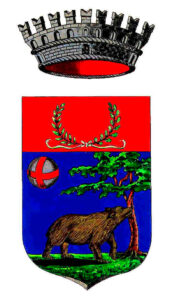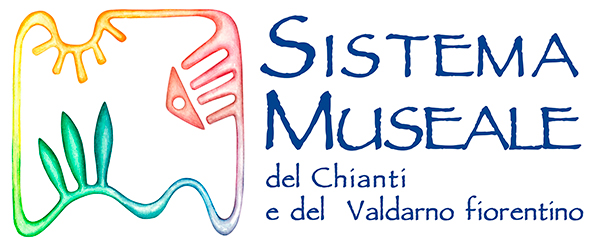Museo Masaccio d'arte sacra

MUSEO MASACCIO D’ARTE SACRA DI REGGELLO

The Museo Masaccio d’Arte Sacra di Reggello, arranged in 2002 in the rooms behind the Romanesque Pieve di San Pietro a Cascia, displays works coming from the churches in the territory, among them the famous San Giovenale Triptych, a crucially important work by the young Masaccio.
The Pieve was built on the Via Cassia Vetus near the end of the 12th century. The portico in front, added in the 15th century, opens onto the interior, with three aisles surmounted by arches resting on columns with sculptured capitals. Its appearance today derives from restoration conducted in the 1970s which removed various features added over the centuries, including the side altars dating from the 15th-16th centuries. Many of the paintings that adorned these altars are now in the museum. Among the works still present in the church are a detached fresco of the Annunciation attributed to Mariotto di Cristofano, from the second decade of the 15th century, and a 17th-century canvas representing the Virgin and Child with St. John the Evangelist and St. Rocco (?), recently restored. An entire room is devoted to Masaccio’s San Giovenale Triptych, with educational material and documentation accompanying the painting. This is the first work attributed with certainty to the great artist from Val d’Arno (1401-1428). Coming from the little church of the same name, not far from the Pieve di Cascia, it is dated 23 April 1422 in an inscription at the bottom of the panel. In the centre are the Virgin and Child with two Angels, on her left St. Bartholomew and St. Biagio, and on her right St. Giovenale and St. Anthony the Abbot. Here Masaccio, having abandoned some elements of the International Gothic style, makes early use of perspective. A single central vanishing point focussed on the figure of the Virgin unites the entire space of the painting, including the side panels. The Museum contains other paintings, liturgical objects and a rich collection of vestments, as well as an interesting group of Russian icons from the 18th-19th century and some objects used in Jewish ceremonies, collected by the parish priest Don Ottavio Failli. Among the artworks created especially for the Pieve di Cascia are a Virgin and Child, St. Romulus, St. Peter, St. Paul, St. Sebastian and the Donor Roberto Folchi Bishop of Fiesole, by the assistants of Ghirlandaio; a Virgin and Child with the Archangel St. Michael and St. Sebastian dated 1575 and signed by Agnolo Guidotti;an Annunciation signed “Bronzino”, but attributed to Alessandro Allori (1535-1607). The original collocation of the Lament for Christ Dead by Santi di Tito (1536-1603) is unknown. Included in the itinerary is the so-called ‘Camera del Pievano’ (Parish Priest’s room), a little room whose walls are decorated with frescoes of imaginary and real vedutas, including one of the Pieve di Cascia.
Contacts and Social
- Via Casa Romolo, 2/a, 50066,
Reggello (FI) - (+39) 055 868129
- (+39) 333 8243091
- (+39) 338 7173517
Opening Hours
Tuesday Thursday | 15.00-19.30
Saturday and Sunday | 10.00-12.30, 15.00-19.30
July and August open also on Saturday | 21.00-23.00
Opening by appointment possible
Do you need more information?
Sistema Museale del Chianti e del Valdarno – © 2021. All Rights reserved – Credits
Privacy Policy
Cookie Policy














